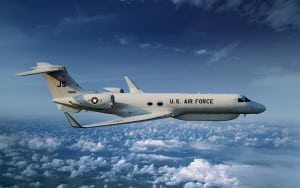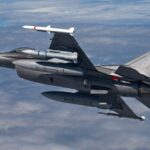
SAVANNAH, Ga. -- Gulfstream Aerospace, a General Dynamics [GD] company, is developing an in-flight refueling capability for its G550 business jet that it hopes will help it win military orders, including the U.S. Air Force’s planned new ground-surveillance aircraft.Gulfstream has conducted design work on potential aerial refueling (AR) concepts, including the boom-and-receptacle method, which is used with many Air Force aircraft, and the probe-and-drogue method, used with many Navy aircraft, said Troy Miller, the company’s regional vice president of military…

 By
By 











